
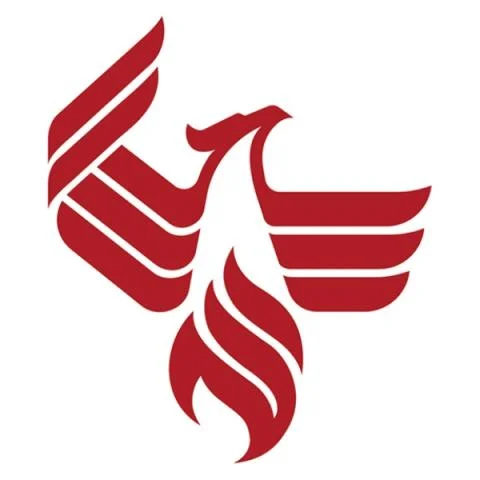









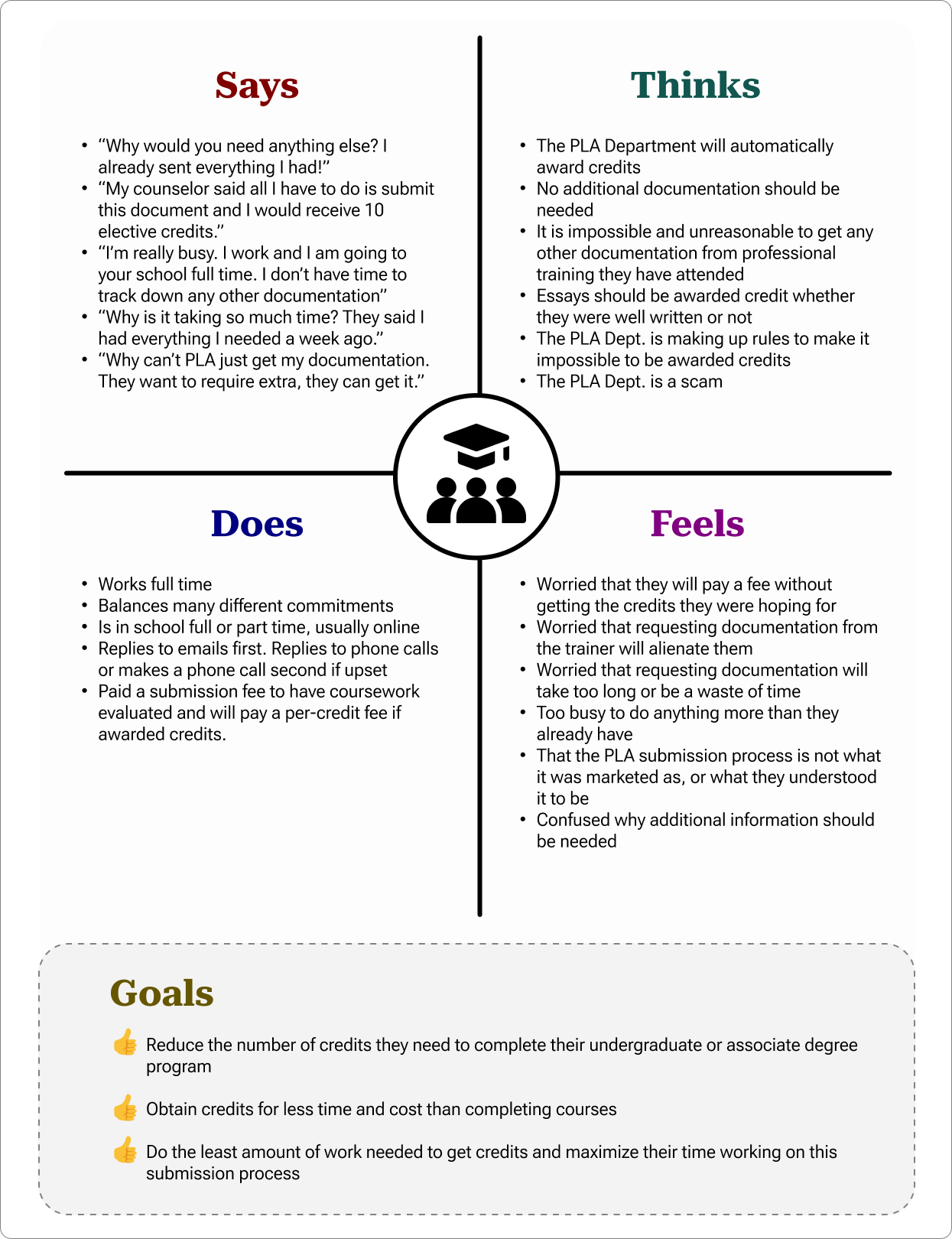






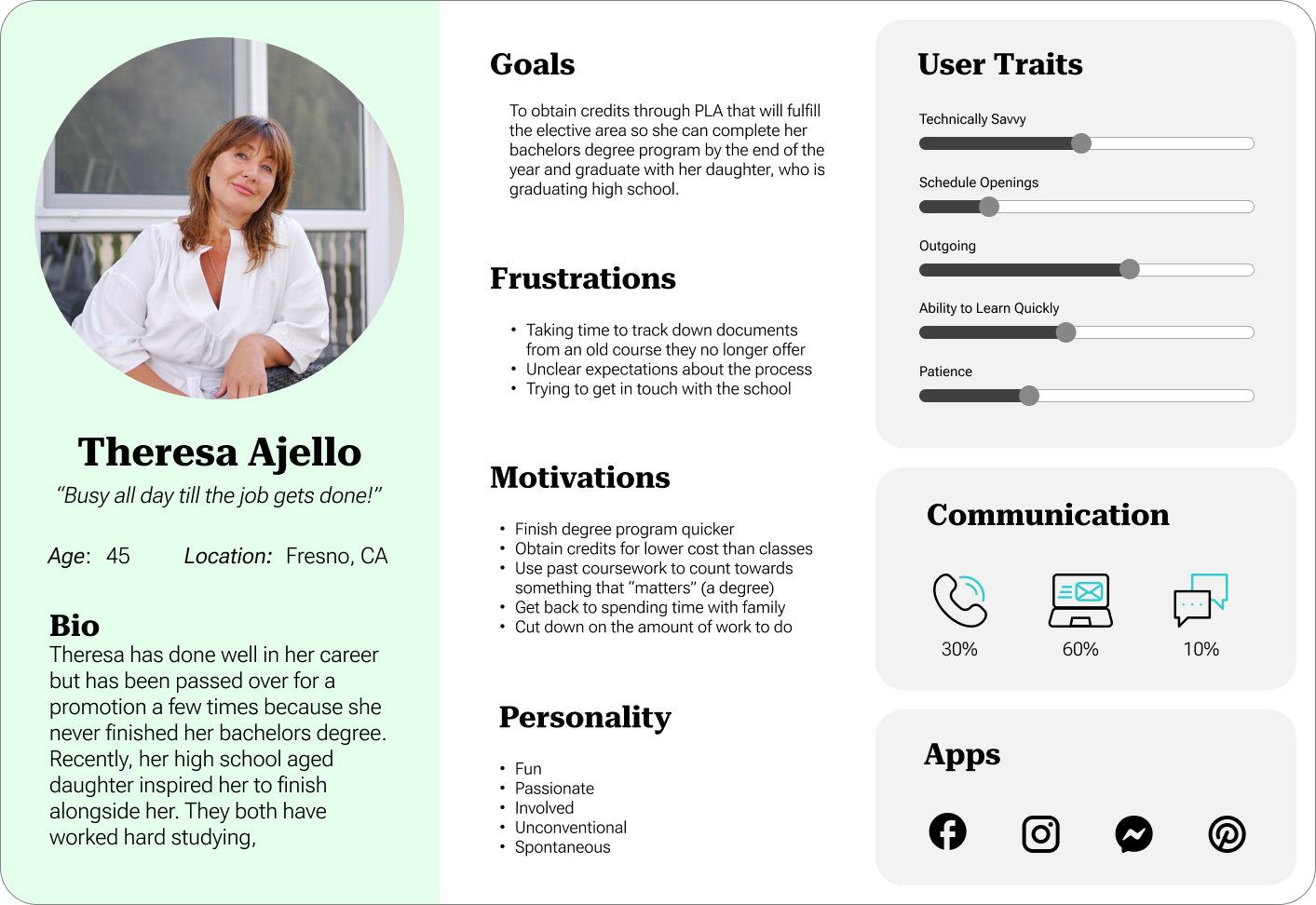






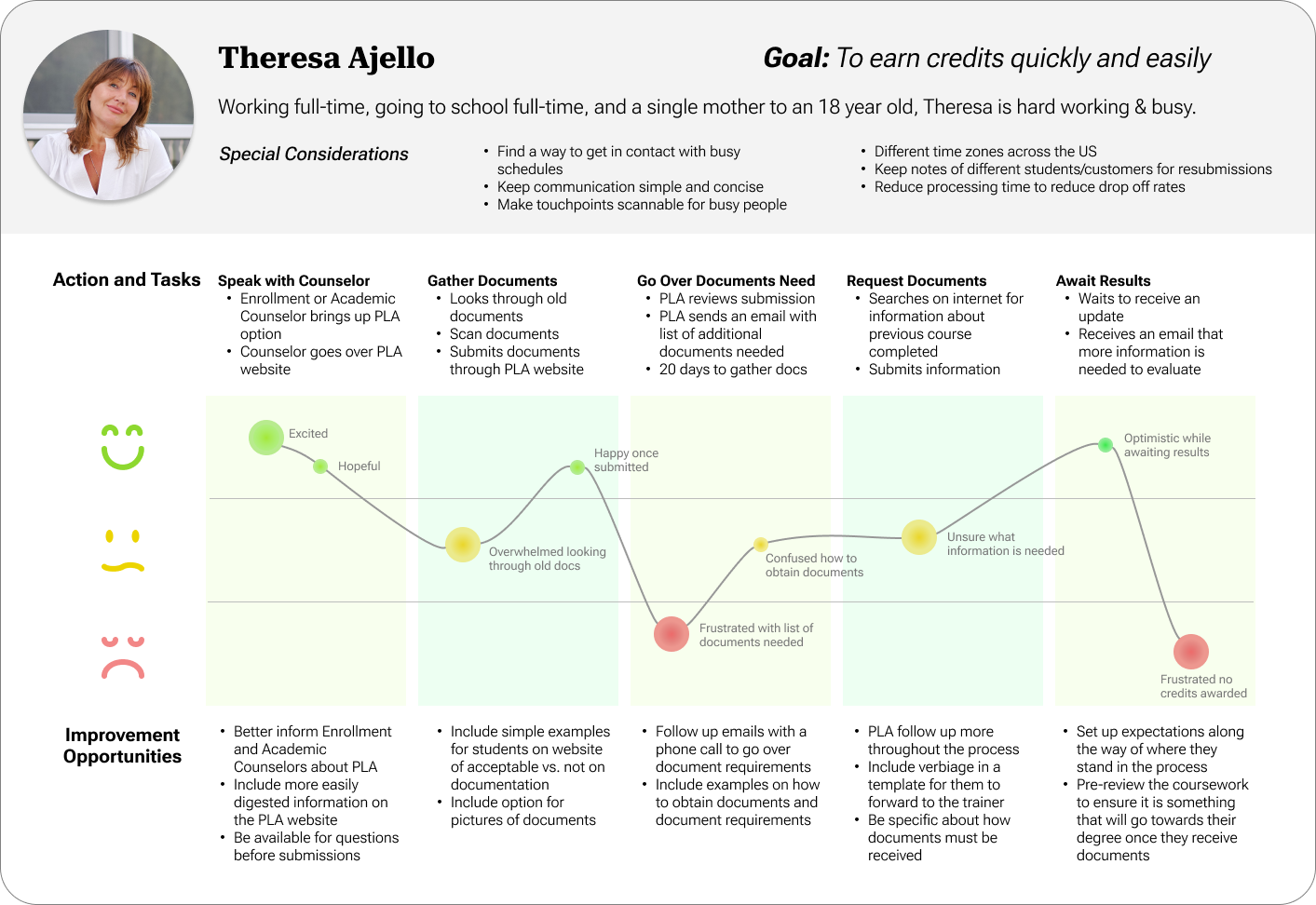
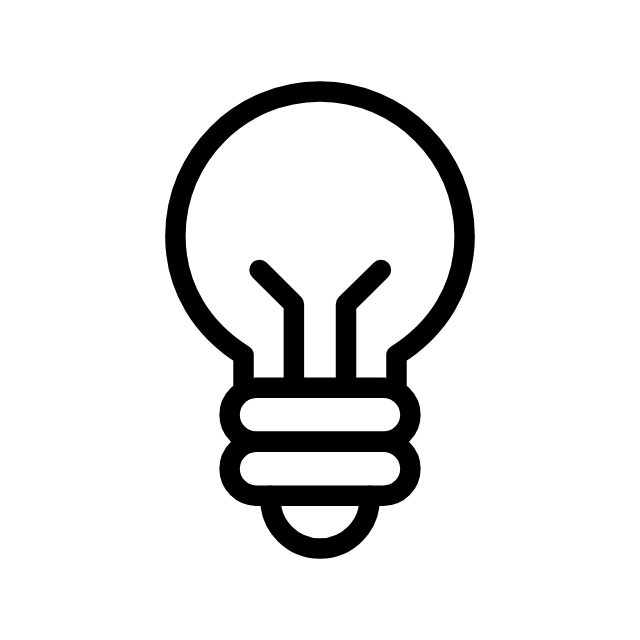
After understanding legalities for collecting others’ personal information, I updated email template verbiage to more clearly communicate expectations.





Using this data, I found the optimal check-in timeframes for customers so I could reach out to them before complaints arose. I also enhanced my automated tracker to provide reminders on those dates.



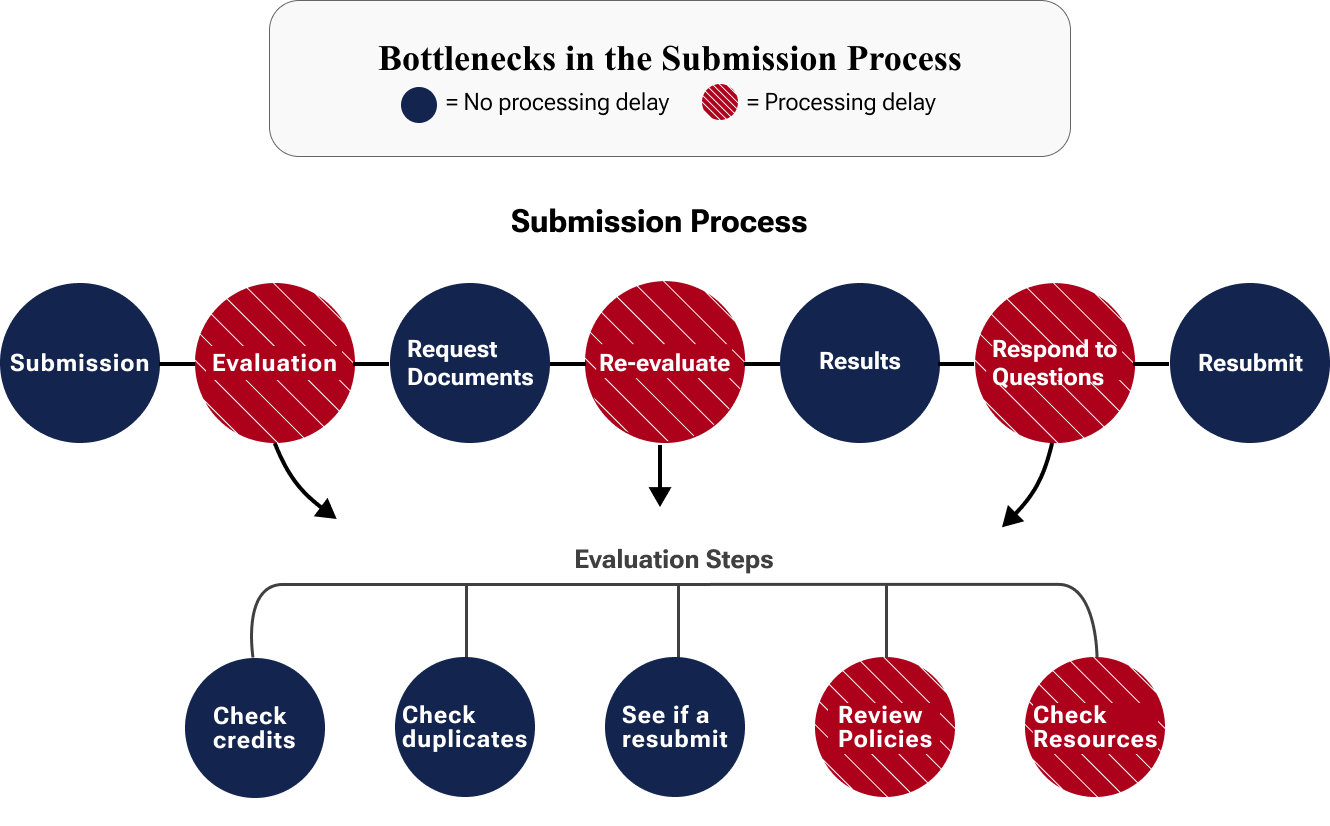

I suggested updates to clarify unclear policies so extra time would not be spent trying to interpret the policies during an evaluation. I also created an Excel database that checked all resources at once instead of manually checking each website individually.



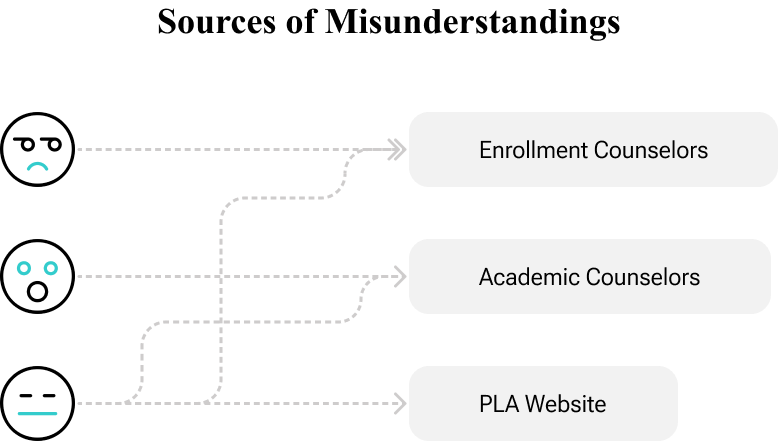

I helped coordinate support personnel training on the PLA process to ease misunderstandings. As a team, we suggested updates to the PLA website and submitted revision requests individually as needed.
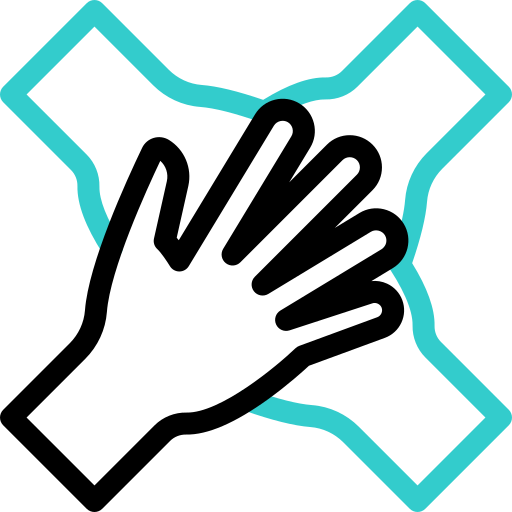



On several occasions upper management did not want to make changes to the process or implement any new initiatives.

Implementing changes on a smaller scale first and receiving positive feedback helped upper management feel enthusiastic about the changes.






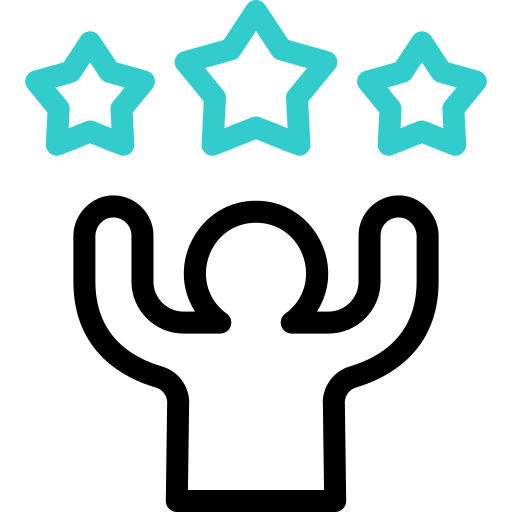

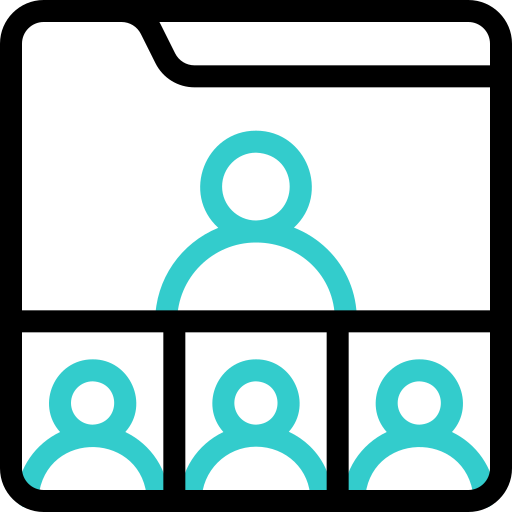
Cross-team work improves solutions and perspectives

Make sure ideas fit both customers & stakeholders

Iterate to change in tandem with evolving requirements